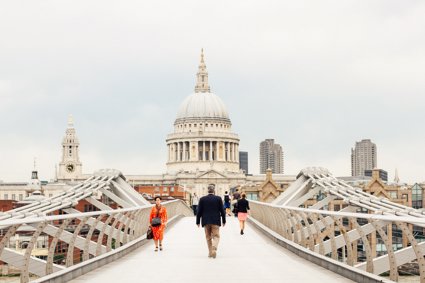
Going into the field
What fieldwork techniques can be used to investigate the local area?
Key questions
What fieldwork techniques can be used to investigate the local area?
What limitations does fieldwork have which have an impact on data?
What fieldwork techniques can be used to investigate the local area?
Fieldwork has always been an essential component of geographical study and serves to motivate pupils and enable them to see for themselves what is happening in the real world. The Geographical Association's manifesto A Different view highlights the importance of fieldwork in the subject.
What limitations does fieldwork have which have an impact on data?
However, it should be noted that all aspects of fieldwork will have limitations. It is impossible to investigate every aspect of a place and so a limitation may be that conclusions will be partial due to lack of evidence. It may be that the equipment used to investigate a particular aspect of the environment may not be accurate which again will affect the validity of conclusions. In this instance, it is likely to be the reliability of different sources of information which may affect the validity of conclusions.
Starter
The human camera
For this activity you will need to work in pairs. One person is the photographer, the other is the camera. Take a look at the PowerPoint presentation for an explanation of what to do next.
How does your photograph look, sound, smell and feel?
Share your descriptions with the rest of the class.
Main Activity
Going into the field
In this lesson, you will be going out into the field to investigate the different aspects of your local area that you have covered in this unit so far.
Your teacher will provide you with a fieldwork booklet to use for your local area investigation.
[The going into the field document is a copy of the blank fieldwork booklet in which specific local information needs to be inserted, and the Aylesbury example document is an example of a fieldwork booklet for Aylesbury in Buckinghamshire.]
During your fieldwork investigation, there is a range of activities that you can complete. Ask your teacher which ones you should do:
-
Street name search - map the street names you come across that give you an insight into the history of your local area
-
Life through the lens - take photographs and compare them with historical photos from the same spot
-
The local museum - visit the local museum and find out more about the local area in the recent and distant past
-
Local detective - walk around a small part of your local area (your teacher will show you which area to cover on a map) and take photos and notes about interesting things that might tell you about local history
-
The blue plaque trail - walk the trail of blue plaques in your local area to see where famous people lived and worked in the past
-
In religious buildings - visit your local religious buildings to find our about their role in local history
Plenary
Plenary triangle
It is time to evaluate your fieldwork investigation.
Complete the plenary triangle. You will need to write down three interesting things that you discovered during your fieldwork, two limitations with your fieldwork and one thing that you could do to extend your fieldwork.
Discuss your thoughts with the rest of the class.
File nameFiles
File type
Size
Download